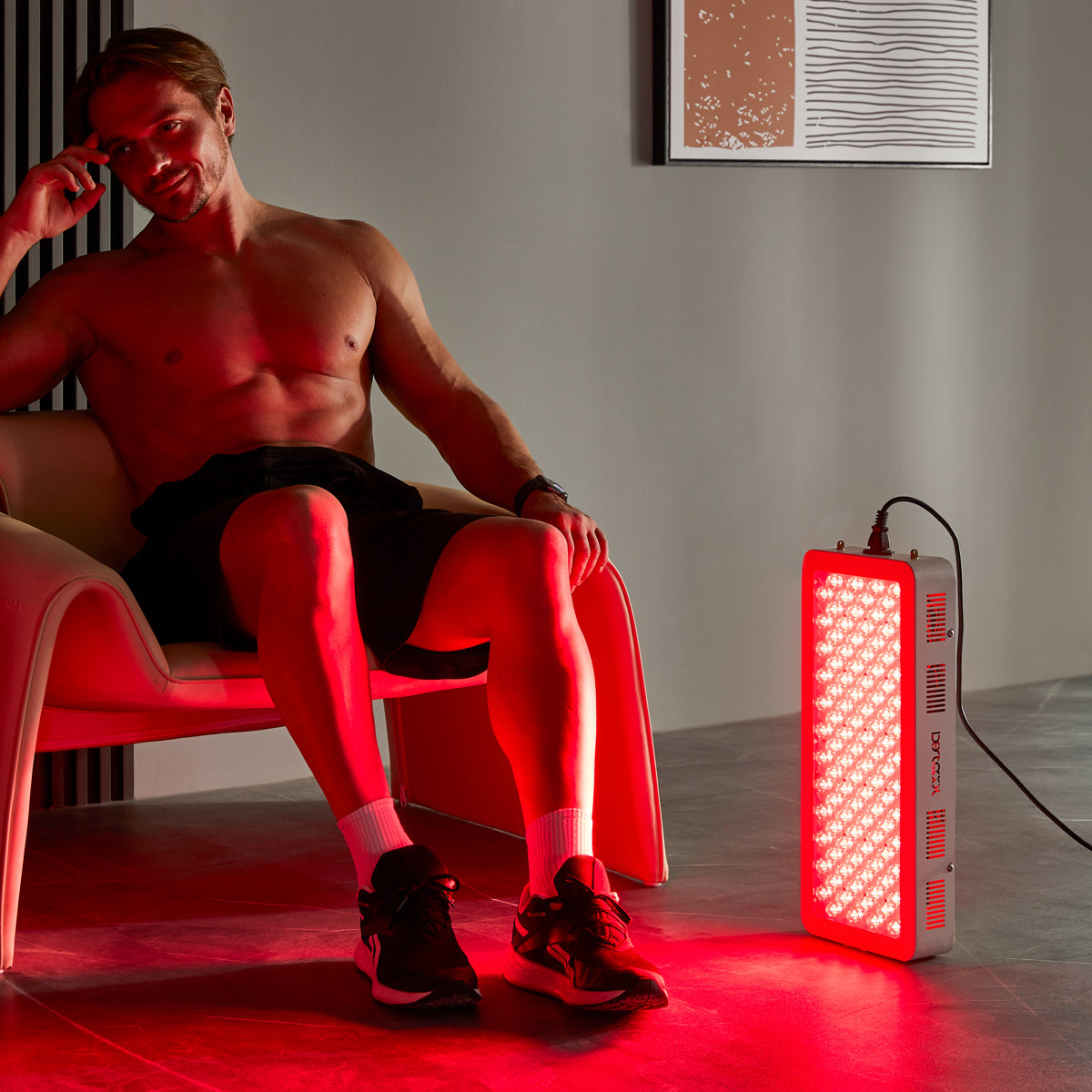Exploring the Science Behind Low-Level Laser Therapy: How These Tools Promote Healing
Corps
Low-level laser therapy (LLLT) tools have gained significant attention in the medical field for their ability to promote healing and alleviate pain. But what exactly are these tools, and how do they work? In this article, we will delve into the science behind low-level laser therapy and explore its various applications.

Understanding Low-Level Laser Therapy Tools
Low-level laser therapy tools utilize specific wavelengths of light to stimulate cellular function. This non-invasive technique is often employed in physical therapy, dermatology, and pain management. The primary mechanism involves the absorption of light by mitochondrial chromophores, which enhances ATP production, leading to improved cellular metabolism and regeneration.
Applications of Low-Level Laser Therapy
Low-level laser therapy tools are versatile and can be used in various medical applications, including:
- Pain Relief: LLLT is effective in reducing chronic pain conditions, such as arthritis and fibromyalgia.
- Wound Healing: The therapy accelerates tissue repair and reduces inflammation, making it beneficial for post-surgical recovery.
- Skin Rejuvenation: LLLT promotes collagen production, aiding in the treatment of acne scars and wrinkles.
- Muscle Recovery: Athletes often use LLLT tools to enhance recovery after intense workouts.
How Do Low-Level Laser Therapy Tools Work?
The effectiveness of low-level laser therapy tools lies in their ability to penetrate the skin and reach deeper tissues without causing thermal damage. When the light is absorbed by the cells, it triggers a series of biochemical reactions that promote healing. This process can be summarized in the following steps:
- Light penetration into the tissue.
- Absorption of photons by cellular chromophores.
- Increased ATP production and enhanced cellular metabolism.
- Reduction of inflammation and promotion of tissue repair.
Benefits of Using Low-Level Laser Therapy Tools
Many patients and practitioners have reported numerous benefits from using low-level laser therapy tools. Some of these benefits include:
- Non-Invasive: Unlike surgical procedures, LLLT is non-invasive and painless.
- Minimal Side Effects: The therapy has few side effects, making it suitable for a wide range of patients.
- Quick Treatment Sessions: Sessions typically last between 5 to 30 minutes, allowing for convenient scheduling.
Conclusion
In conclusion, low-level laser therapy tools represent a promising advancement in medical technology. Their ability to promote healing through non-invasive means makes them an attractive option for both patients and healthcare providers. If you are considering LLLT for your health needs, it is advisable to consult with a qualified professional to determine the best approach for your specific condition.
For more information on high-quality low-level laser therapy tools, visit  .
.










commentaires